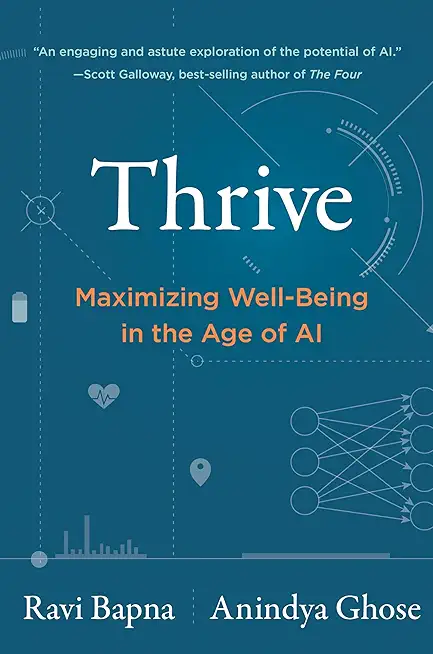Oracle Essbase 11.1.2: Deploy Aggregate Storage Databases Training in Clearwater
Enroll in or hire us to teach our Oracle Essbase 11.1.2: Deploy Aggregate Storage Databases class in Clearwater, Florida by calling us @303.377.6176. Like all HSG
classes, Oracle Essbase 11.1.2: Deploy Aggregate Storage Databases may be offered either onsite or via instructor led virtual training. Consider looking at our public training schedule to see if it
is scheduled: Public Training Classes
Provided there are enough attendees, Oracle Essbase 11.1.2: Deploy Aggregate Storage Databases may be taught at one of our local training facilities.
|
We offer private customized training for groups of 3 or more attendees.
|
||
Course Description |
||
| You learn the principles of aggregate storage database design, then how
to build, load, report from, and manage aggregate storage databases,
constructing the sixteen-dimension in-class database through a series of
guided exercises. Learn to: - Design, develop, and deploy aggregate
storage databases - Manage aggregate storage databases - Construct
variance, mix, and other member calculations using MDX - Implement time
intelligence for time period reporting - Describe custom calculations
and allocations in aggregate storage databases
Course Length: 4 Days
Course Tuition: $2260 (US) |
||
Prerequisites |
|
| Suggested: - Knowledge of Microsoft Windows and Excel - Knowledge of principles from Oracle Essbase Bootcamp course | |
Course Outline |
|
Essbase Overview
- The Oracle Enterprise Performance Management System
- The Oracle BI Foundation Suite
- The Essbase analytic solution
Aggregate Storage Overview
- Aggregate storage key characteristics and design considerations
- Understanding the aggregate storage production cycle
- Creating aggregate storage outline hierarchies
Designing Data Descriptor Dimensions
- Understanding data descriptor dimensions
- Designing time, scenario, and accounts dimensions
Designing Business View Dimensions
- Understanding business view dimensions
- Using attributes in database design
- Designing primary and secondary hierarchies
Loading Data
- Understanding the aggregate storage data loading process
- Using data load buffers
- Loading data incrementally
Creating Reports with Smart View
- Understanding the Smart View architecture and user interface
- Connecting to data sources
- Working with shared and private connections
Aggregating Data
- Understanding the data aggregation process
- Optimizing aggregations
- Designing and running aggregations with the Aggregation Design wizard
Managing Aggregate Storage Databases
- Managing tablespaces
- Exporting aggregate storage data
- Optimizing data compression
- Managing storage caches
- Optimizing outline paging
- Understanding disk space management options
- Backing up aggregate storage applications
- Viewing database statistics
Creating Basic MDX Queries
- MDX Overview
- Understanding MDX formula components and structure
- Identifying dimensions and members in MDX
- Identifying tuples and sets
Creating MDX Formulas
- Using Member Formula Editor
- Creating mix calculations
- Using MDX conditional calculation tools
- Deriving variances
Time Intelligence Overview
- Understanding the benefits of time intelligence
- Establishing time intelligence in aggregate storage applications
- Using the Create Date-Time Dimension wizard
Building Time Intelligent Models
- Creating a date-time dimension
- Using standard calendar types
- Defining member date ranges
Loading Data Mapped to Dates
- Identifying date hierarchies
- Performing date-based data loads
- Using date-string formats
Creating Time Period Reports
- Identifying linked attributes
- Understanding periodic associations
- Creating linked attribute reports
Calculating Time-Based Metrics
- Understanding time dimension designs
- Creating analytics dimensions
- Calculating time-based metrics
- Using MDX date functions
Time Balance Calculations
- Using time balance tags
- Using flow tags
Partitioning Overview
- Identifying data transfer methods
- Understanding database partition types
- Identifying the best partition type to use
- Resolving partition overlaps
- Following partitioning guidelines
Creating Database Partitions
- Designing partitions
- Creating partitions
- Evaluating partition designs
Creating Custom Calculations
- Understanding the workflow for creating custom calculations
- Specifying calculation criteria
- Writing and executing custom calculations
Creating Allocations
- Understanding the workflow for creating ASO allocations
- Specifying allocation criteria
- Specifying allocation and rounding methods
- Executing allocations
|
Course Directory [training on all levels]
Technical Training Courses
Software engineer/architect, System Admin ... Welcome!
- .NET Classes
- Agile/Scrum Classes
- AI Classes
- Ajax Classes
- Android and iPhone Programming Classes
- Azure Classes
- Blaze Advisor Classes
- C Programming Classes
- C# Programming Classes
- C++ Programming Classes
- Cisco Classes
- Cloud Classes
- CompTIA Classes
- Crystal Reports Classes
- Data Classes
- Design Patterns Classes
- DevOps Classes
- Foundations of Web Design & Web Authoring Classes
- Git, Jira, Wicket, Gradle, Tableau Classes
- IBM Classes
- Java Programming Classes
- JBoss Administration Classes
- JUnit, TDD, CPTC, Web Penetration Classes
- Linux Unix Classes
- Machine Learning Classes
- Microsoft Classes
- Microsoft Development Classes
- Microsoft SQL Server Classes
- Microsoft Team Foundation Server Classes
- Microsoft Windows Server Classes
- Oracle, MySQL, Cassandra, Hadoop Database Classes
- Perl Programming Classes
- Python Programming Classes
- Ruby Programming Classes
- SAS Classes
- Security Classes
- SharePoint Classes
- SOA Classes
- Tcl, Awk, Bash, Shell Classes
- UML Classes
- VMWare Classes
- Web Development Classes
- Web Services Classes
- Weblogic Administration Classes
- XML Classes
Business Training Courses
Project Managers, Business Analysts, Paralegals ... Welcome!
Upcoming Classes
Gain insight and ideas from students with different perspectives and experiences.






